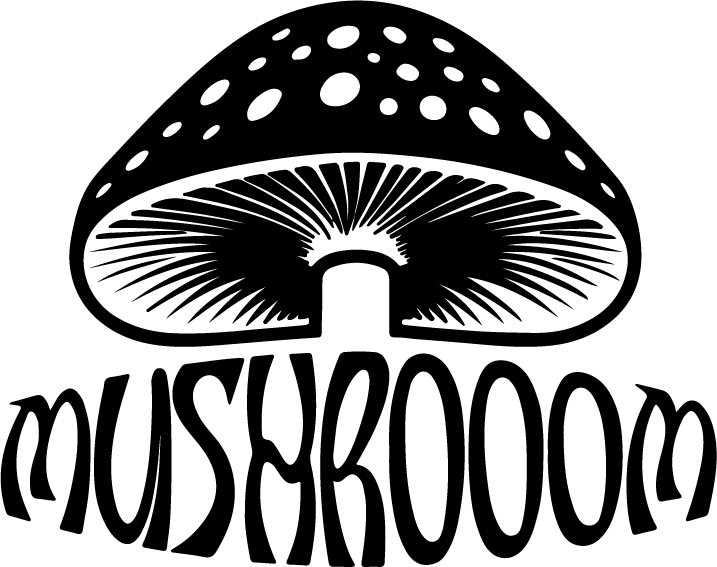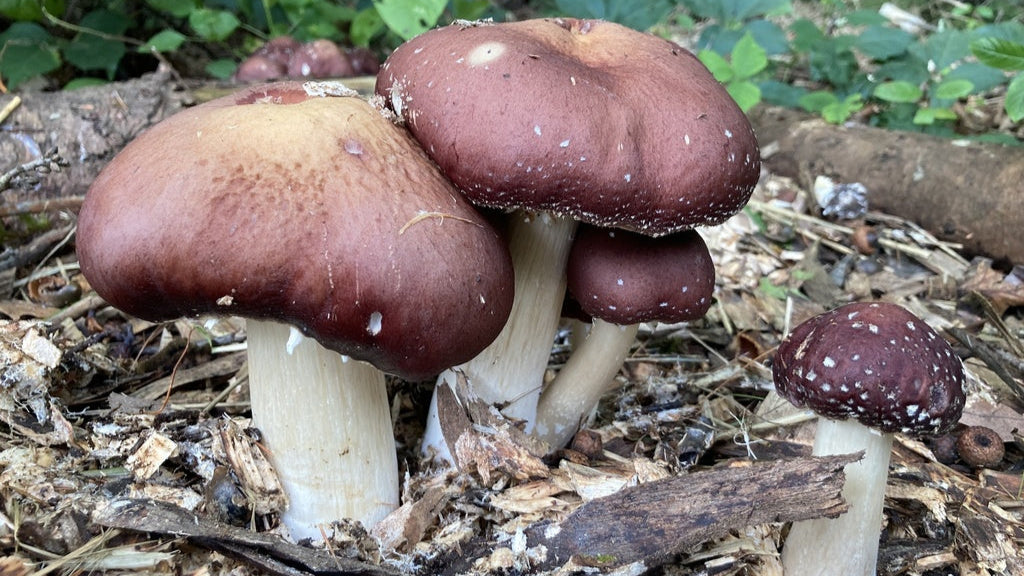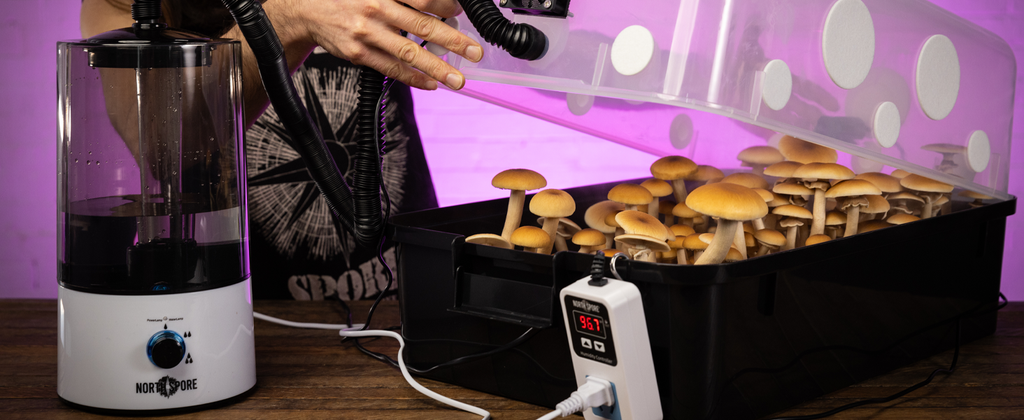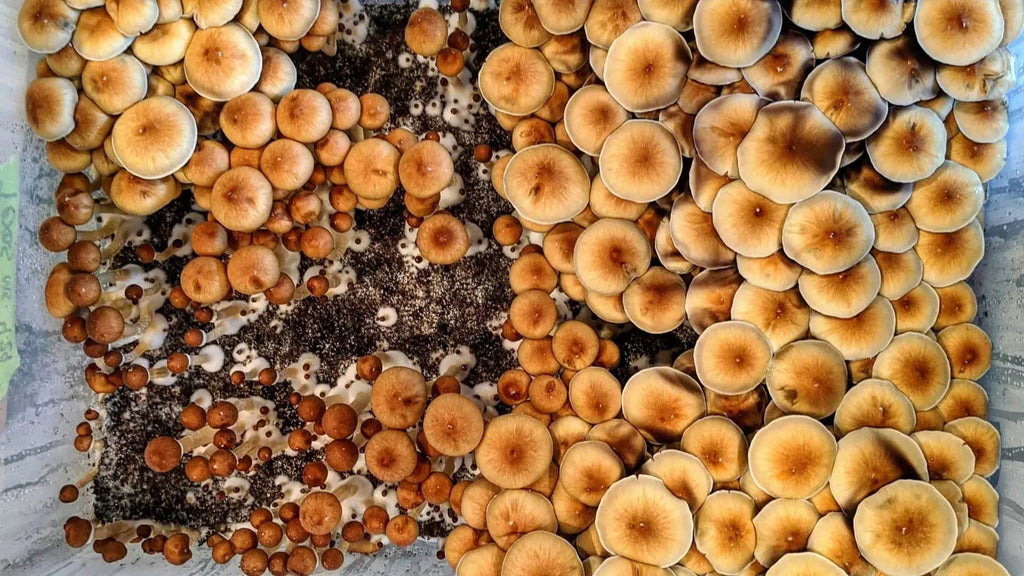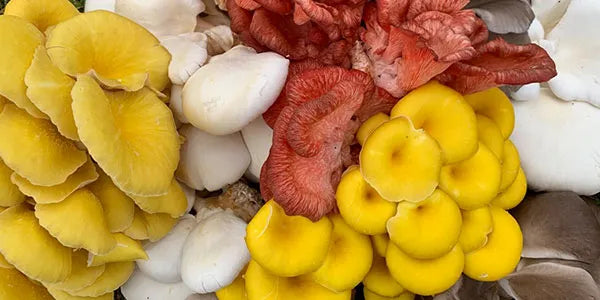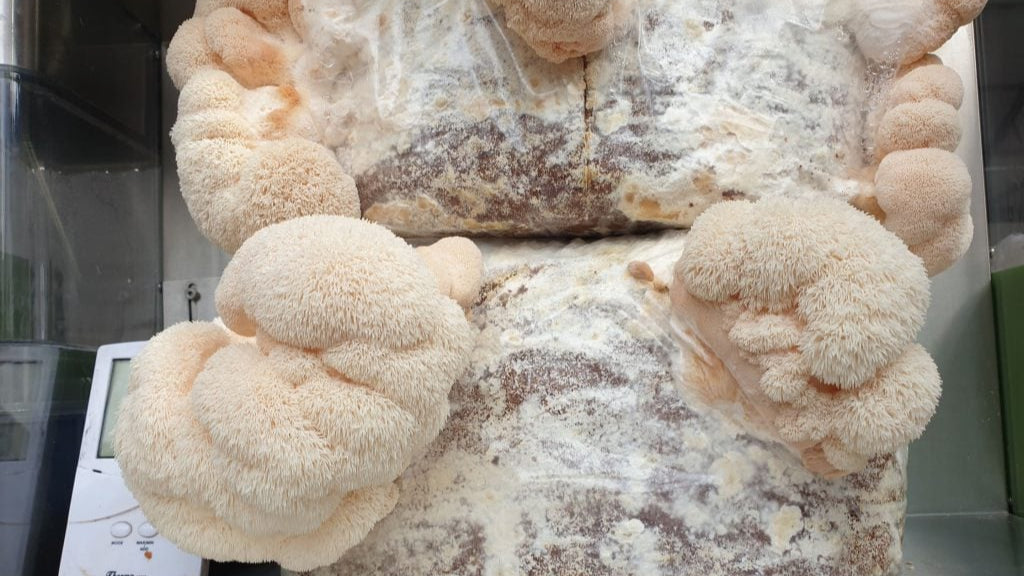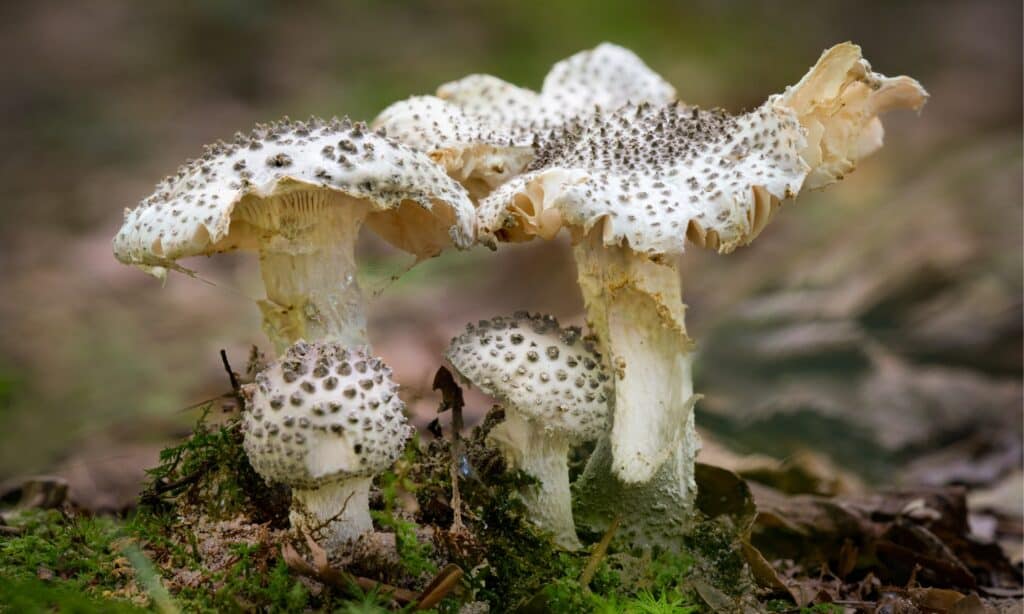
Dangerous Look-Alike Mushrooms to Avoid When Hunting in the Wild

Foraging for wild mushrooms can be an exciting and rewarding outdoor activity, offering a direct connection to nature and the thrill of finding edible treasures. But for every delicious chanterelle or porcini, there’s a dangerous look-alike lurking nearby that could cause serious illness—or worse. Knowing how to identify and avoid these poisonous imposters is critical for safe mushroom hunting.
In this guide, we’ll cover the most common dangerous mushroom look-alikes, how to tell them apart from their edible counterparts, and essential safety tips for foragers.
Why Mushroom Look-Alikes Are So Dangerous
Mushrooms reproduce via spores and have evolved a wide range of shapes, colors, and growth patterns. Unfortunately, many poisonous species mimic the appearance of edible mushrooms almost perfectly. Even experienced foragers can be fooled, especially during certain growth stages when features are less distinct.
The consequences of eating the wrong mushroom range from mild gastrointestinal discomfort to liver failure and death. The golden rule? If in doubt, throw it out.
1. Death Cap (Amanita phalloides) vs. Edible Paddy Straw Mushroom
The Risk: The Death Cap is one of the deadliest mushrooms in the world, responsible for the majority of fatal mushroom poisonings. It resembles the edible Paddy Straw mushroom (Volvariella volvacea), commonly eaten in Asia.
Key Differences:
Cap Color: Death Caps usually have a pale green or yellowish tint, while Paddy Straw mushrooms are more pinkish or brownish.
Gills: Death Cap gills stay white; Paddy Straw mushrooms develop pink to brown gills as they mature.
Base: Death Caps have a distinctive cup-like volva at the base of the stem—always check by carefully digging around the mushroom.
Toxin: Amatoxins—these destroy the liver and kidneys, often with no symptoms for the first 6–12 hours.
2. False Morel (Gyromitra spp.) vs. True Morel (Morchella spp.)
The Risk: True morels are prized spring edibles, but their toxic twins—the False Morels—contain gyromitrin, a toxin that can be deadly.
Key Differences:
Cap Texture: True morels have a honeycomb-like pattern with pits and ridges that are completely attached to the stem. False morels often have irregular, brain-like folds.
Hollow Interior: True morels are hollow from stem to tip; false morels are chambered or filled with cottony tissue.
Toxin: Gyromitrin—can cause seizures, nausea, and in severe cases, death.
3. Jack-O’-Lantern Mushroom (Omphalotus spp.) vs. Chanterelle (Cantharellus spp.)
The Risk: Jack-O’-Lantern mushrooms are toxic but often mistaken for chanterelles due to their bright orange color.
Key Differences:
Gills vs. Ridges: Chanterelles have blunt, forked ridges running down the stem, not true gills. Jack-O’-Lanterns have sharp, blade-like gills.
Growth Pattern: Jack-O’-Lanterns grow in dense clusters on wood; chanterelles grow singly or scattered on soil.
Toxin: Illudins—cause intense vomiting, diarrhea, and cramps.
4. Green-Spored Parasol (Chlorophyllum molybdites) vs. Parasol Mushroom (Macrolepiota procera)
The Risk: This common lawn mushroom can cause severe gastrointestinal distress and is often confused with the edible Parasol mushroom.
Key Differences:
Spore Color: Green-spored parasols produce green spores; parasols have white spores.
Size: Edible parasols have a tall, slender stem with a snakeskin pattern; green-spored versions are shorter and lack the distinct pattern.
Toxin: Gastrointestinal irritants—cause nausea, vomiting, and diarrhea.
Safety Tips for Mushroom Hunting
Learn from Experts: Always go with an experienced forager until you can confidently identify species on your own.
Use Multiple Identification Features: Don’t rely solely on color—check gill attachment, spore prints, habitat, and stem base.
Avoid Young or Old Specimens: Immature or decaying mushrooms can be harder to identify and more toxic.
Carry a Field Guide: A regional mushroom guide with high-quality photos is invaluable.
Test Knowledge Before Eating: If you’re even slightly unsure—don’t eat it.
Final Thoughts
Foraging for mushrooms can be a safe, fun, and delicious hobby, but only if you approach it with caution and respect. Mother Nature has designed some of her most dangerous creations to look deceptively appetizing. Learn the differences, stay cautious, and you’ll enjoy many years of safe mushroom hunting.
There are old mushroom hunters, and bold mushroom hunters, but there are no old, bold mushroom hunters.
